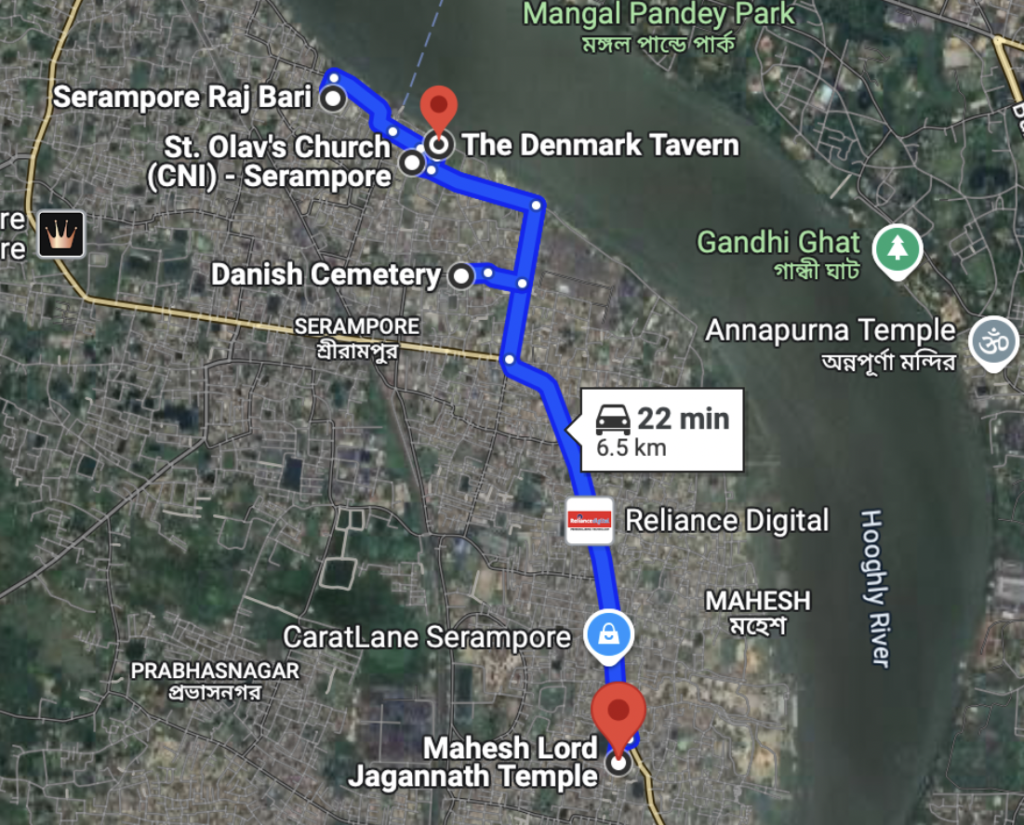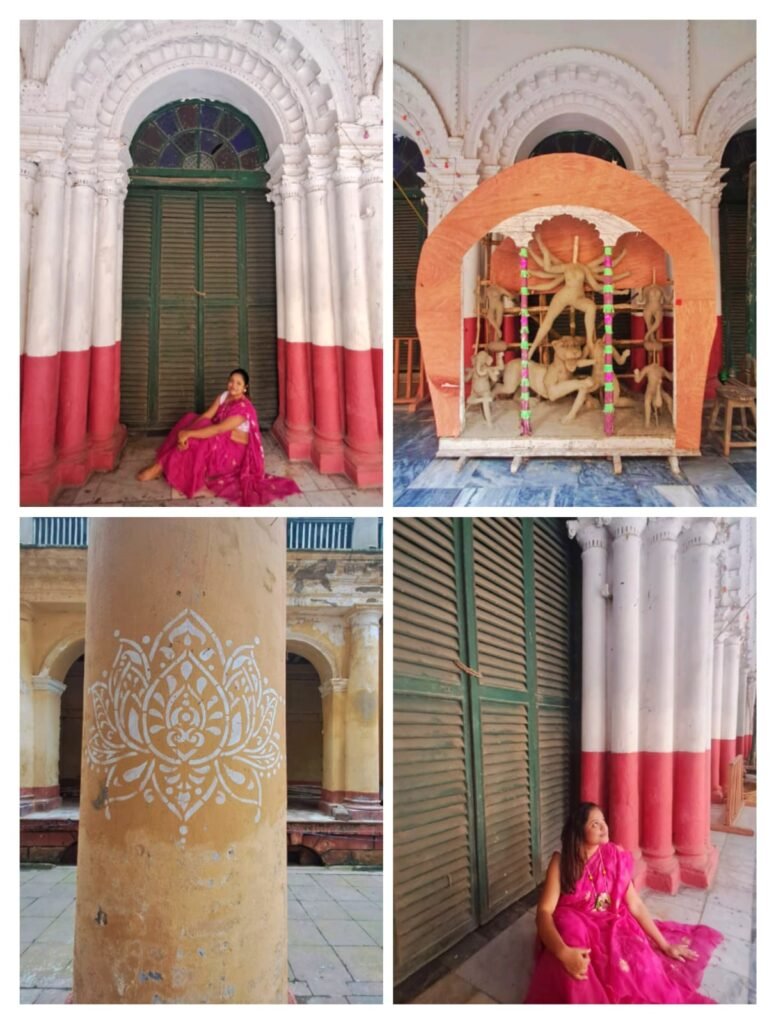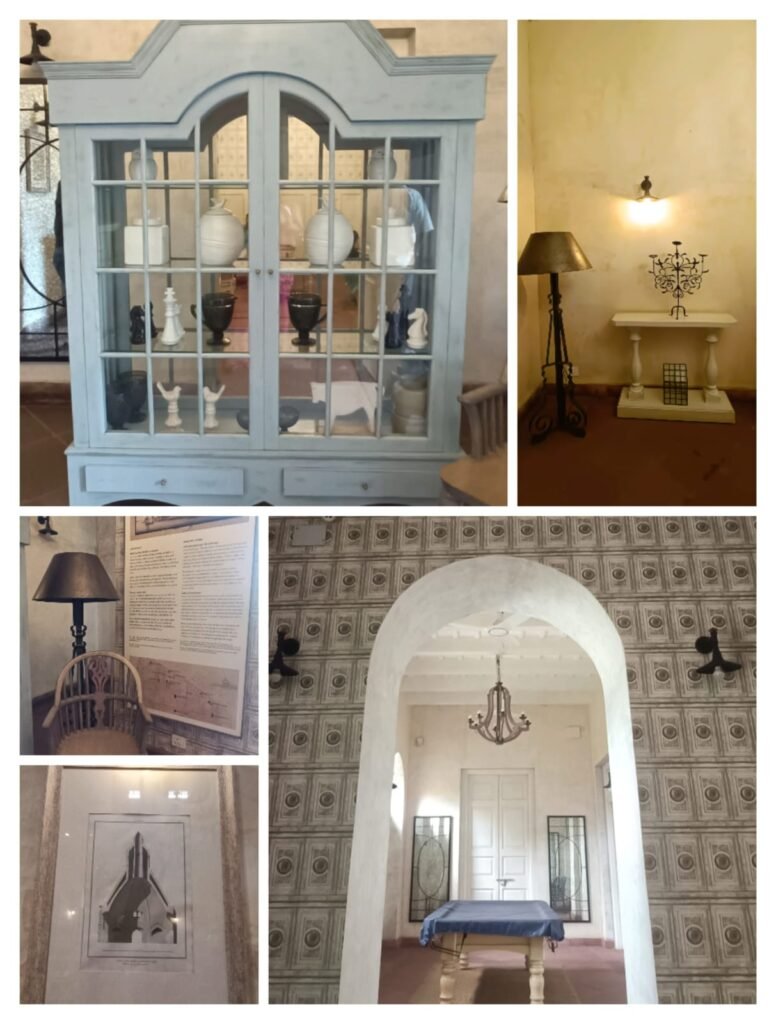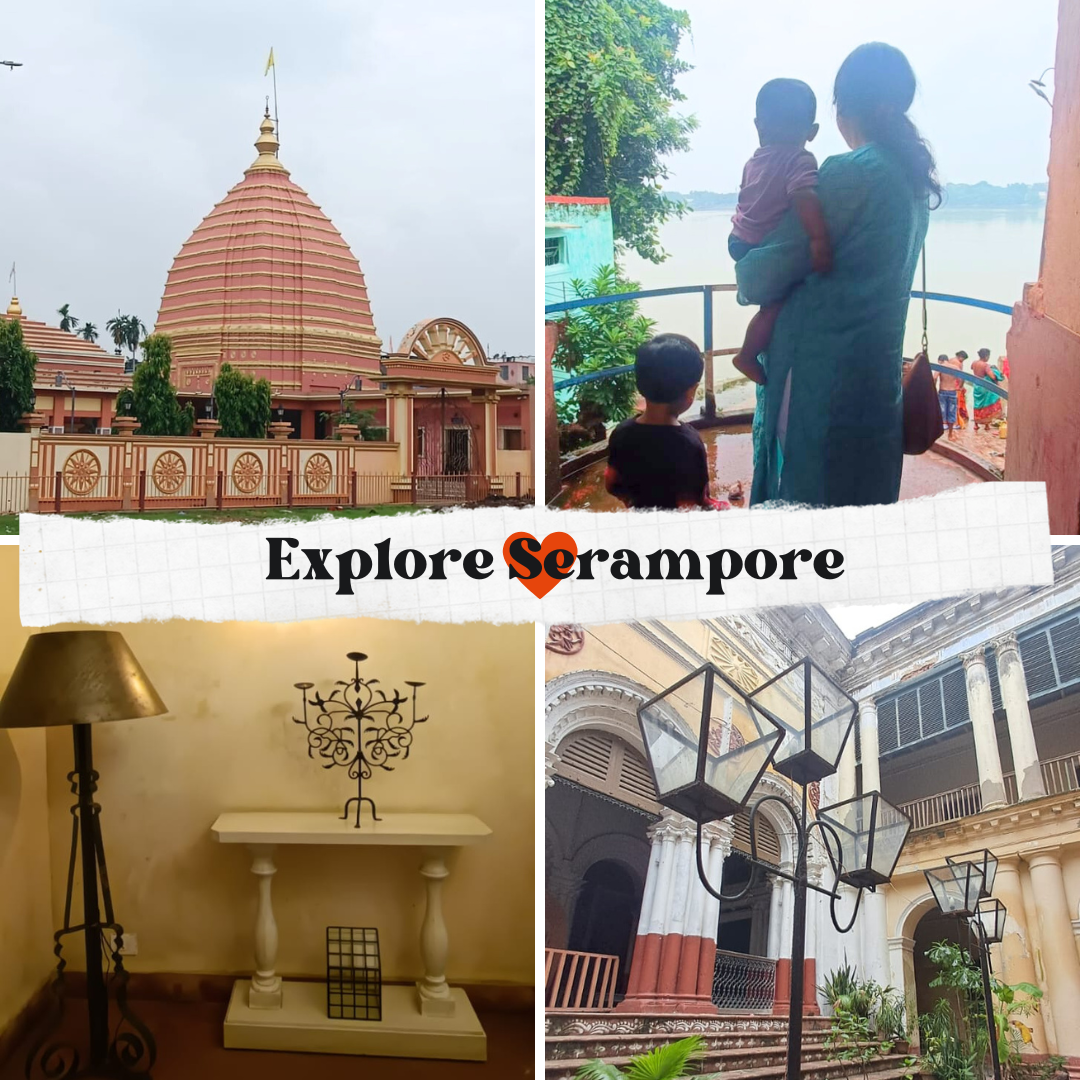Ready to swap the hustle and bustle of Kolkata for a day of fun, history, and riverside charm? Look no further than Serampore, the little town with a big heart just a stone’s throw away from the city! Imagine exploring centuries-old temples, strolling through a grand palace, and having lunch in a historic tavern that’s straight out of a storybook—all in one day.
And the best part? It’s totally kid-friendly, so pack up the kiddos, bring along some sunscreen, and get ready for a family adventure that’s as exciting as a treasure hunt! So, let’s dive into this day trip itinerary that promises a perfect mix of history, culture, and fun for everyone!
But First, Say Hello to Serampore
Serampore, located on the west bank of the Hooghly River in West Bengal, India, is a town rich in history and cultural significance. Originally known as Srirampur, it was part of the prosperous region of Bengal that saw a confluence of different cultures and rulers.
- Early History: Before European colonization, Serampore was a vibrant town under various local rulers, including the Mughals. The town’s name, derived from the Sanskrit words “Sri” (meaning prosperity) and “Rampur” (village of Rama), suggests a place of religious and cultural significance.
- Danish Colonial Period: The most distinctive chapter in Serampore’s history began in the early 18th century when it became a Danish colony. In 1755, the Danish East India Company established a trading post here, naming it Frederiksnagore after King Frederick V of Denmark. The Danes built several colonial-style buildings, churches, and a cemetery, leaving a lasting architectural legacy. During the Danish period, Serampore flourished as a center of trade and commerce. The Danish also established St. Olav’s Church in 1806 and other colonial structures, some of which still stand today. The Danish rule lasted until 1845, when the British East India Company purchased Serampore, incorporating it into British India.
- British Period and Beyond: Under British rule, Serampore continued to develop, but it maintained its unique identity shaped by the Danish legacy. The town became an educational hub with the establishment of Serampore College in 1818 by the English Baptist missionaries William Carey, Joshua Marshman, and William Ward, known collectively as the Serampore Trio. This college is one of the oldest in India and remains a significant educational institution.
- Modern Era: Today, Serampore is a bustling town that blends its rich history with the vibrancy of modern Bengal. The restoration of key historical sites, like The Denmark Tavern, highlights ongoing efforts to preserve and celebrate its colonial past. Visitors to Serampore can explore its unique heritage through a mix of historical landmarks, religious sites, and cultural experiences that reflect the diverse influences that have shaped this charming riverside town.

Getting to Serampore
Serampore is approximately 30 kilometers from Kolkata, and you can reach it by car, train, or even by a leisurely boat ride. Here’s how you can travel:
- By Train: The most convenient way to reach Serampore is by train from Howrah Station. Trains to Serampore are frequent, and the journey takes about 30-40 minutes. It’s an exciting experience for kids, and they can enjoy the scenic views along the way.
- By Car: If you prefer more flexibility, you can drive to Serampore. The drive takes about an hour, depending on traffic, via the Delhi Road. This option gives you the freedom to explore at your own pace. We selected this option, and had an amazing road trip!
- By Boat: For an adventurous start to your day, take a ferry from the Prinsep Ghat in Kolkata to Serampore Ghat. The boat ride offers beautiful views of the Hooghly River and the surrounding landscape.

Explore Serampore and Experience Bengal’s History
Steal our easy-breezy itinerary and explore Serampore to its fullest!

PRO TIP: If you’re not having a car for commute around the town, we suggest hiring an eco-friendly rickshaw or the Toto for the day and make it super comfortable. For explorers with a car, though the Toto Drivers will try to coax saying it’s difficult to explore on foot, but trust us, it’s not. Every spot in the town is within easy reach. However, for visiting the Mahesh Temple, it’s better to take a short ride in the rickshaw.
Okay, now, let’s get going!
1. Pay your Tribute at Mahesh Rath and Jagannath Temple
Mahesh Jagannath temple was established on 1396 AD. Drubananda Brahmachari, a great Bengali sage of the fourteenth century made the Idols of the Holy Trinity; Balarama, Subhadra and Jagannath and established a small Temple.

You can also have the ceremonial meal (Bhog) offered to the deities here during lunchtime. While the temple is adorned with statues of Vaishnava cult, there are several other smaller temples in the campus to visit and pay homage.

The Mahesh Rath Yatra is considered to be the second oldest chariot festival in the world and the oldest in Bengal, having been celebrated since 1396. This chariot is 50 feet tall. It is the 2nd largest Jagannath Chariot in the world, with vibrant motifs that will fascinate both adults and children.

The temple is famous for its annual Rath Yatra (chariot festival), which draws thousands of devotees. While the festival happens once a year, the temple is a peaceful place to explore any time, and kids will enjoy learning about the rich cultural traditions.
2. Walk on the Memory Lane at Serampore Rajbati
Next, head to the Serampore Rajbati/Rajbari, a beautiful and historic palace that once belonged to the local zamindar (landlord). The architecture is impressive, with large courtyards, ornate balconies, and majestic pillars. This house which belonged to the Goswamis of Serampore was built by Raghuram Goswami son of Harinarayan Goswami, somewhere between 1815 and 1820. Later the local people started calling it Goswami Rajbari.
The two-storied structure is now used as a School, a part is used as a wedding venue/hall, another part is used as the District Employment Exchange office. The most fascinating part about this extravagant architecture is its Chaandni or Naatmondir, with 24 Corinthian columns supporting the roof. This grand structure offers a glimpse into the opulent lifestyle of Bengal’s aristocracy.

The in-house Temple houses a 450+ years old Radha Madhab statue, which is worshipped till this day. Legends say that Sri Chaitanya Dev himself visited the Goswamis and began the worship of the deities. Other than that, Durga Pujo is celebrated with great pomp and show in the courtyard. We were thrilled to see the prep work already started!

Kids will love exploring the various rooms and imagining life in a palace. While parts of the Rajbari are still inhabited and some sections are not open to the public, the areas that are accessible offer a fascinating look at colonial-era architecture.
3. Take a Break and Taste a Slice of History at The Denmark Tavern
For lunch, head to this beautifully restored colonial building that once served as an inn during the Danish colonial period. The Englishman Mr. Parr opened his new tavern around 1786. A local advertisement declared that it was an elegant and comfortable establishment where “Gentlemen passing up and down the river may be accommodated with breakfast, dinner, supper, and lodging.”

After centuries of ruin, it was renovated in the 21st century. This historic tavern has been meticulously restored to its former glory, and stepping inside feels like taking a step back in time. The Danish ambassador in India, Peter Taksøe-Jensen, was present at the inauguration in 2018, along with the four other Nordic ambassadors and the local authorities. It is now used as a café, restaurant and hotel. The ambience is cozy and elegant, with wooden beams, vintage furniture, and period decor that harks back to the 19th century.

The menu offers a mix of Bengali and European dishes, catering to a variety of tastes. Families will appreciate the kid-friendly options such as steamed rice, yellow lentil soup, pasta, sandwiches, and other mild curries. For adults, the Danish open sandwiches and other continental delicacies like Chicken Schnitzel, baked fish, and roast chicken are must-tries. The desserts, especially the Danish pastries, are a hit with children.

The staff at The Denmark Tavern are friendly and attentive, providing excellent service that makes you feel welcome and well cared for. We were especially touched when they suggested on cooking a Dal for the kids without spice and with mild seasonings!
4. Take a Short Stroll to Explore the Danish History
After a satisfying meal, take a short walk to St. Olav’s Church, another relic of Serampore’s Danish past. Built in 1806, this church is named after the patron saint of Norway and is one of the oldest Protestant churches in Bengal. The architecture is simple yet elegant, with whitewashed walls and a serene interior that offers a quiet place for reflection. In 2016, the church was consecrated by the bishop of Kolkata at a celebration service and received the UNESCO Award of Distinction for Cultural Heritage Conservation.

If you have time, visit the Danish Cemetery, located near St. Olav’s Church. This small, well-maintained cemetery is the final resting place of many Danish settlers and offers a peaceful atmosphere. The tombstones, some dating back to the early 19th century, tell the stories of those who lived and worked in Serampore during the Danish colonial period. While a cemetery might not seem like a typical place for kids, the historical significance and the serene setting make it a unique experience.
For more details on the Danish History, head over to The Museum of Denmark: Serampore Chapter.
5. End Your Trip with A Rendevous with the River
End your day with a visit to Serampore Nishan Ghat. This picturesque spot on the banks of the Hooghly River is perfect for a leisurely stroll or simply relaxing while watching the boats go by. The ghat is an ideal place for children to play and enjoy the open space. You can also take a boat ride from the ghat, which is a fun activity for the whole family and offers a different perspective of Serampore from the water.

There are some small markets nearby, and on the Sunday we visited, there was a local aviary market, which excited and thrilled the kids to no end!

The local markets and their hustle and bustle offer a glimpse into the daily life of the town and are a great place to pick up some souvenirs. Don’t forget to try some local street food; the kachori-sabzi (fried bread with spicy potato curry) is a popular snack that’s sure to be a hit with everyone.
Some Pro Tips for a Family-Friendly Day Trip
- Start Early: To make the most of your day, start your journey from Kolkata early in the morning. This gives you ample time to explore and enjoy each spot at a leisurely pace.
- Pack Essentials: Bring water bottles, snacks, hats, and sunscreen to stay comfortable throughout the day. A small first-aid kit is always handy when traveling with kids. Head to our blog on Travel Essentials for the no-fuss list!
- Stay Safe: Keep an eye on young children, especially around water bodies like the ghats and during boat rides. Ensure that everyone follows safety guidelines.
- Be Respectful: When visiting religious sites like Jagannath Temple and St. Olav’s Church, dress modestly and be respectful of local customs and traditions.
Collect Precious Memories from Serampore
A day trip from Kolkata to Serampore is like stepping into a time machine, where history, culture, and nature blend effortlessly to create a memorable experience for the whole family. With its grand palaces, ancient temples, serene churches, and the gentle hum of the Hooghly River, Serampore has a little something for everyone—history buffs, food lovers, and little adventurers alike.
Here’s to family adventures, laughter by the river, and making memories that last a lifetime — get exploring… Serampore is waiting to welcome you with open arms!
Happy Travels!





